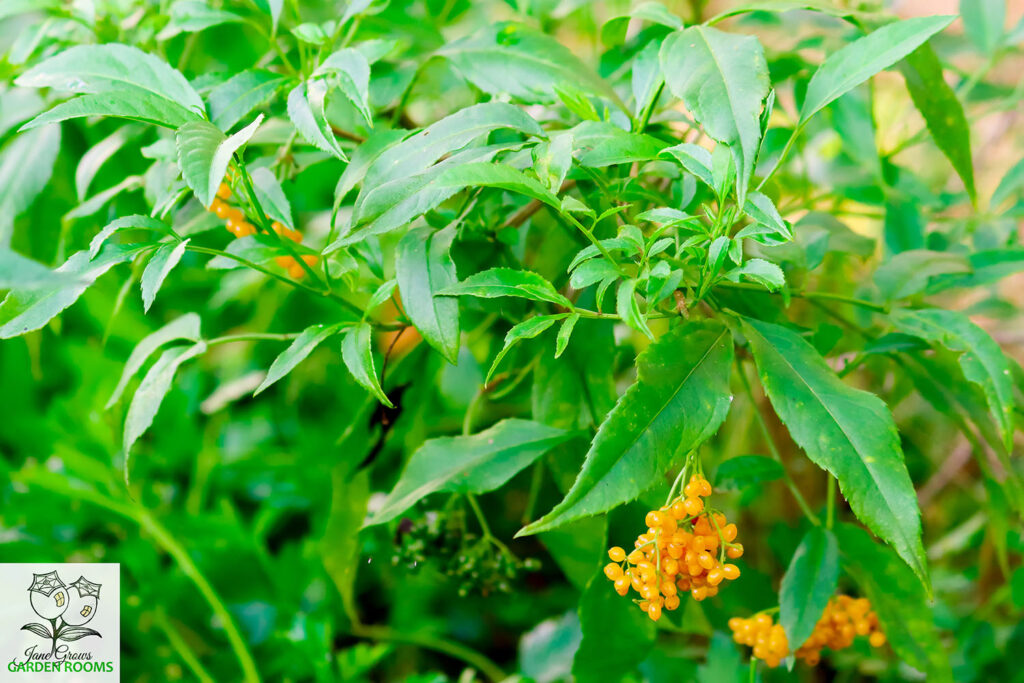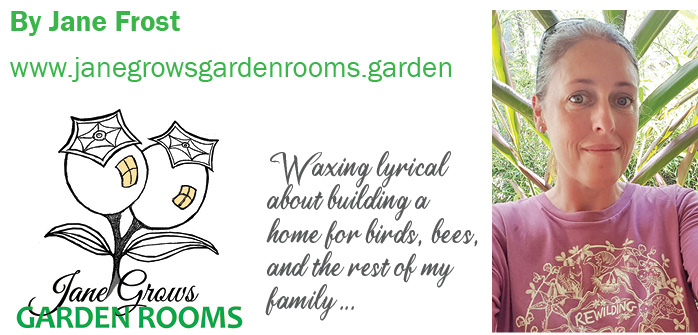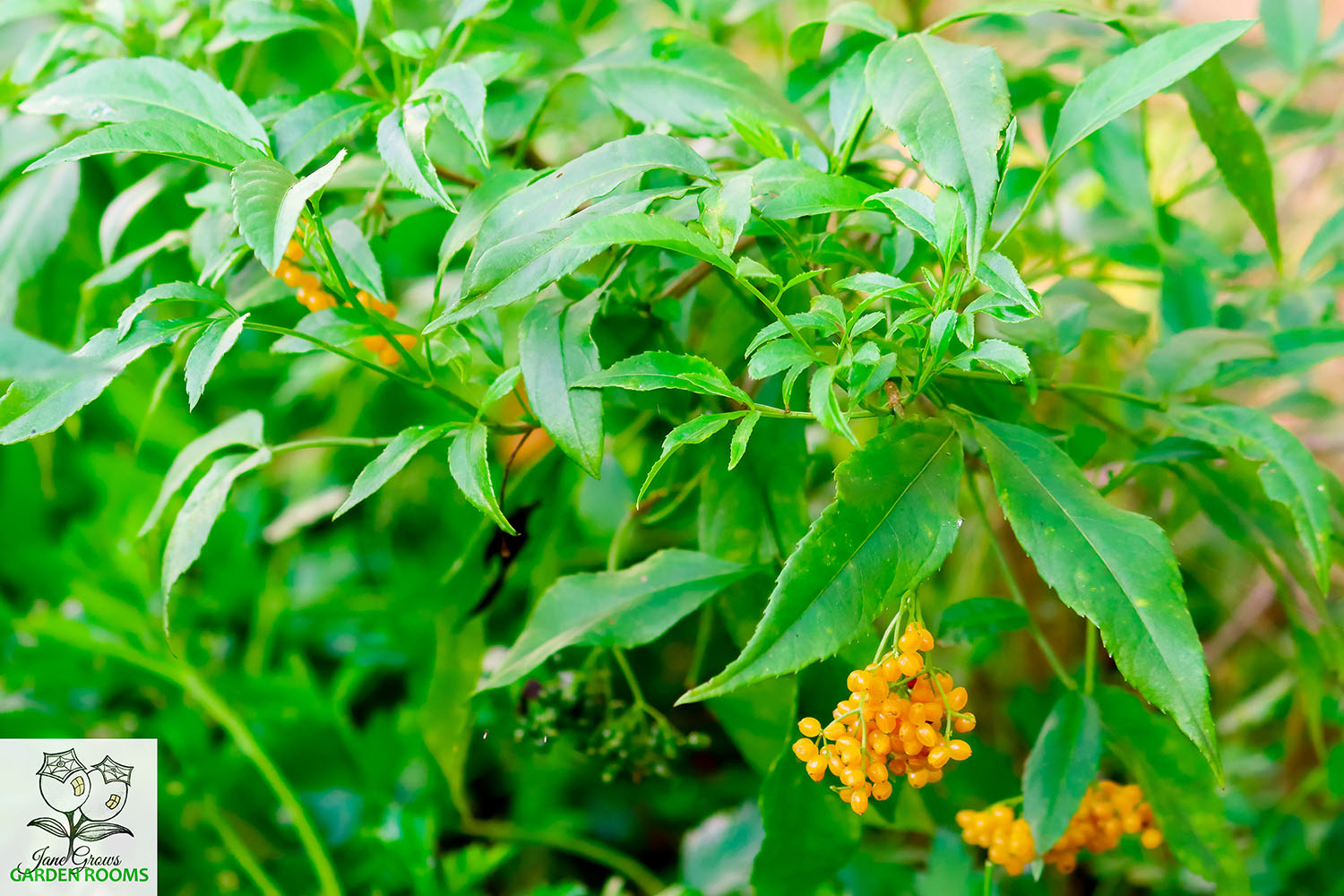Delicious In Apple Crumble Or Apple Pie …
Sambucus australasica (Native Elderberry) is directly related to the European plant that is turned into wines and syrups.
It is a delightful garden plant that produces delicate white flowers and bright orange berries for six months at a time.
It can be found in the rainforests of the Eastern coast, mostly around edges and margins. It grows from the tropics to Tasmania which suggests a hardy nature. Indeed, it has proven to be tolerant of air pollution when planted in urban environments.

There have been two verified sightings of wild growth on Tamborine Mountain in the Palm Grove section of the Tamborine National Park.
As the plant is not well known it is reasonable to think that they are in other locations on the mountain and down in the village. Native Elderberry plants have lush green foliage and a pleasant shape. Growing up to four metres tall, they are a great small feature tree and in cooler conditions they are semi-deciduous providing shade in the warmer months and letting warmth through in the cooler months.
Growing Conditions
These plants prefer a partly shaded moist position and will tolerate most soils. Once established they are tolerant of drought and light frosts. They recover quickly if watered after the leaves begin to wilt allowing the gardener to observe their limits.
Flowers begin in Spring and continue for months followed by green berries that turn bright orange when ripe. They are harvest ready when they fall from the plant with a touch.
Although it doesn’t produce significant quantities of berries at a time, they freeze well and continuous harvest will yield a good continuing crop.
Fresh seed can be planted in Autumn and they germinate readily provided the weather is warm enough. Native Elderberry can also be propagated from hardwood cuttings taken after it has stopped fruiting.
Culinary Uses
Native Elderberries are pleasantly tart and can be used much like their European cousins. They are reportedly delicious in Apple Crumble or Apple Pie, adding to the flavour and offsetting the sweetness. The berries can be eaten straight from the tree and the flowers would probably make a delicious light Elderberry Wine.

